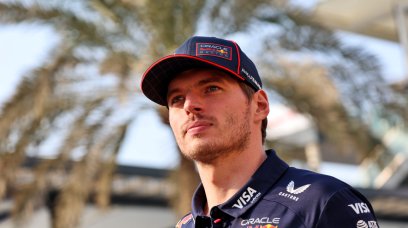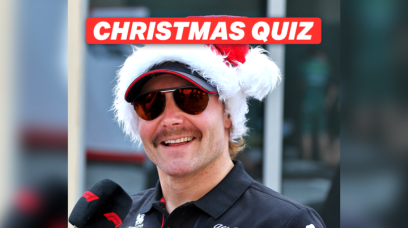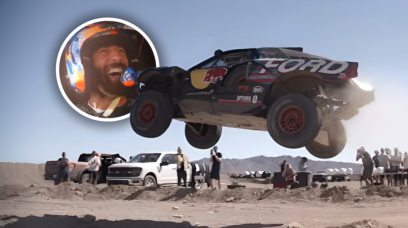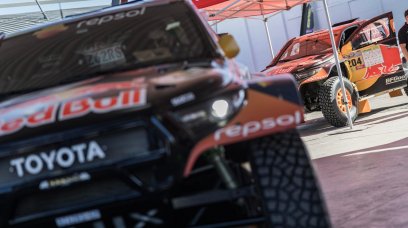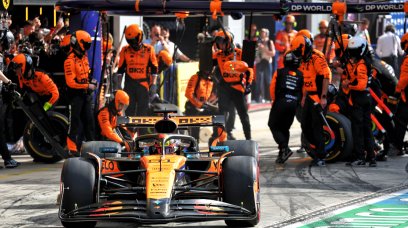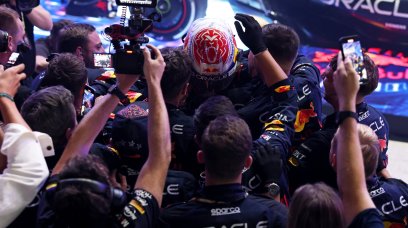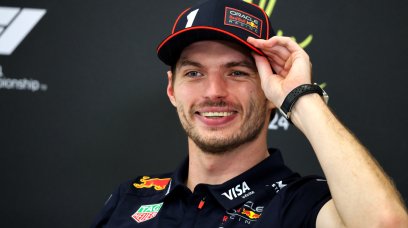Jolyon Palmer has explained how Pirelli and Formula 1 are facing an "ongoing dilemma" over wet weather tyres following the issue being highlighted at the Japanese Grand Prix. The race at Suzuka was red-flagged shortly after getting underway due to heavy rainfall, with Carlos Sainz suffering a crash on the opening lap. Following a two-hour delay, the event resumed under the Safety Car but ran to a shortened distance of 28 laps. Despite the conditions, many drivers opted to start the race on the Intermediate tyre rather than the full Wet, and Palmer has explained the reason for this. "All 20 cars lined up on the grid on Intermediates, indicating that they were happy enough with the conditions initially, as they opted against using the safer full Wet tyre, which cuts through the standing water better than an Intermediate," Palmer wrote in his column on Formula1.com . "It's a tricky decision to know what tyres to start on, but all of the teams were greedy for performance at the start, choosing the quicker Inter tyre, over the more treaded full Wet tyre. "This is because if the Intermediate works, it is night and day quicker than the deeper grooved full Wet. "This was evident on the restart where anybody who pitted for the Intermediate immediately found heaps of time and gained positions – Sebastian Vettel and Nicholas Latifi the most notable examples."
The issue caused by full Wet tyres
Palmer has also shed light on an issue with the Wet compound, which has been heightened by the introduction of larger 18-inch tyres. "The Wet tyre can disperse more than double the amount of water than the Intermediate tyre at 300kph," the former F1 driver explained. "Statistically it can disperse a tremendous amount – 85 litres per second. The issue is that this water then gets thrown up into the air and becomes a spray screen for everybody else. "The bigger, wider tyres don't help in this regard either, as there is more surface area for the cars to throw up spray. "So whilst there is inevitably criticism and frowns at the sight of everybody diving in for Intermediates after long delays, it’s largely because the conditions in modern F1 are practically never suitable for the full Wet tyre."
What can Pirelli do to address the problem?
Given that the sport's technical changes seem to have added to the problem of spray, Palmer has questioned how Pirelli and F1 can address the issue of handling wet races. "The full Wet tyre is only the tyre to be on when there is too much water for the much faster Intermediate," he stated. "But when there is too much standing water for the Inter, which is a very good crossover tyre, the spray level gets too much and conditions are deemed too dangerous to drive in, even if the full Wets could technically handle the track conditions. "It's an ongoing dilemma for Pirelli and Formula 1, in how to cope with soaking wet conditions without major delays. It's always been an issue, but probably the biggest cars and tyres in Formula 1 history have exacerbated the problem of spray. "Perhaps it could be mandated that teams have to use a full Wet tyre for certain periods of the race, in a similar manner to how DRS [Drag Reduction System] is only activated when race control deems it safe to do so. "Maybe that will take the performance versus aquaplaning decision out of the teams' hands slightly and allow a safer race start in the full wet conditions in the future. "As it stands now, my feeling is that Pirelli might as well make the Intermediate marginally more grooved and call it the full Wet tyre, and then make a new Intermediate tyre that is in between the current Inter and the slicks. "After all, we are used to seeing a quick change from Wets to Inters – but everybody is a lot more hesitant to opt for slicks."
Most read
